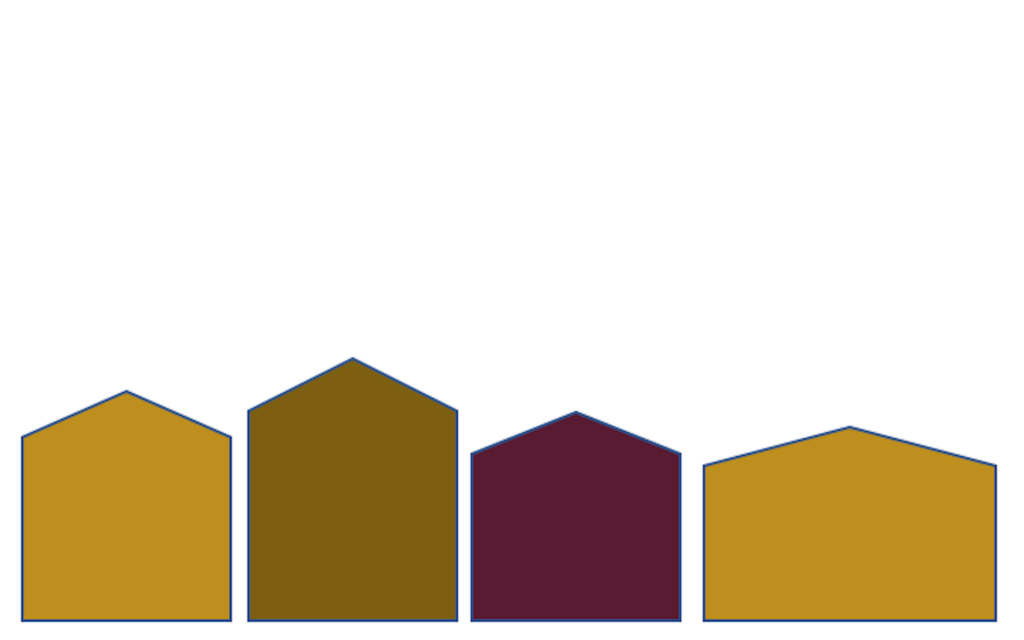
A shortage of seven million affordable and available rental homes for extremely low-income renters exists in the United States, and many of those in need are older adults, according to a report released Thursday by the National Low Income Housing Coalition.
Extremely low-income renters are defined as those with household incomes at or below the poverty level or 30% of their area median income, according to the report, titled “The Gap: A Shortage of Affordable Homes.” Twenty-six percent of extremely low-income renter households are seniors, 22% have a disability and 44% are in the labor force or in school, or they are single-adult caregivers, the authors said.
Renters who are seniors or who have special needs are more likely than other renters to have extremely low incomes, according to the report. Twenty-five percent of all renter households have extremely low incomes, but 45% of renter households who are disabled and 33% who are senior households have extremely low incomes, the authors said.
A senior household is defined as one in which the householder or householder’s spouse, if applicable, is at least 62 years of age. A disabled household is defined as one where the householder and householder’s spouse, if applicable, are younger than 62 and at least one of them has a disability.
The report calls for increasing investments in housing solutions for the lowest-income people such as the national Housing Trust Fund, Housing Choice Vouchers, and public housing; protecting the existing supply of affordable homes; expanding and improving the Low Income Housing Tax Credit so it serves more of the lowest-income families; and implementing a renters’ tax credit that targets low-income renters.



